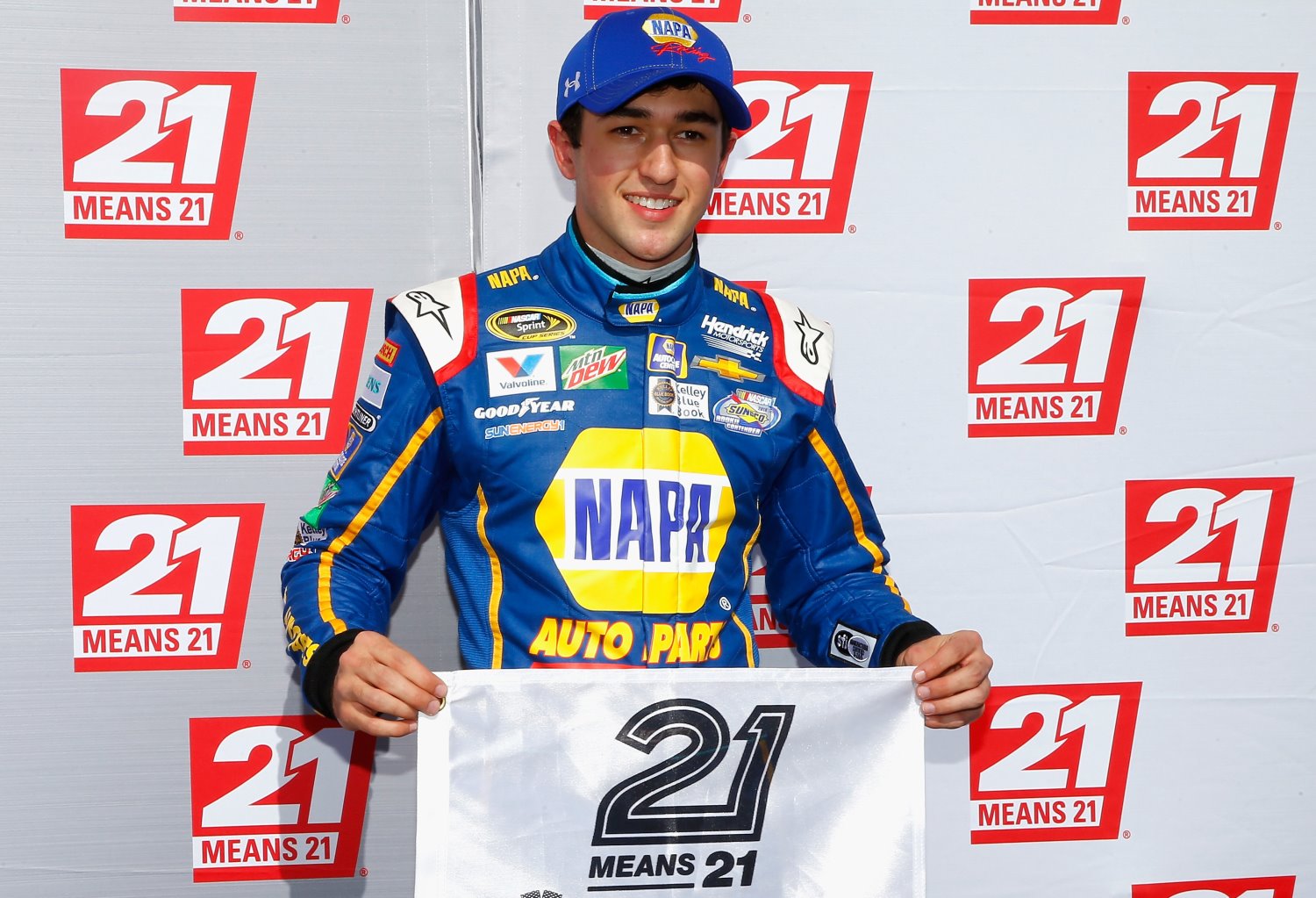What it takes to make the Daytona 500
 |
| 2016 Pole winner Chase Elliott |
Christmas comes but once a year. The same is true of the unique qualifying format for the Daytona 500. Unlike Christmas, however, the setting and ordering of the field for the Great American Race takes five days, from single-car qualifying on Sunday through the Can-Am Duel at Daytona twin 150-mile races on Thursday. The basics are straightforward. Only two cars in Sunday's time trails are locked into their starting positions for the Daytona 500-the pole winner and the car that qualifies on the outside of the front row.
Of the 42 entries for the race, 36 hold Monster Energy NASCAR Cup Series charters and are guaranteed to compete on Feb. 26. That leaves six drivers fighting for the four remaining positions in the 500. Those drivers are Elliott Sadler, Timmy Hill, Reed Sorenson, Brendan Gaughan, Corey LaJoie and DJ Kennington.
Qualifying on Sunday sets the starting order for the Can-Am Duel races on Thursday, with the odd-number qualifiers (positions 1-3-5, etc.) running the first Duel, and even numbers competing in the second Duel. The finishing positions in the Thursday races determine the starting positions for the 500, with the exception of the front row. The winner of the first Duel, which forms the inside row, starts third in the Great American Race, with the winner of the second Duel starting fourth, on the outside of the second row. If either of the front row starters wins a Duel, then the second-row position goes to second place finisher in that particular Duel.
Open drivers, those competing without charters, have two avenues into the 500. The highest-finishing driver in each of the Can-Am Duels earns a starting position on Feb. 26. The final two positions go to the two fastest among the open drivers in Sunday's time trials, if not already qualified through the Duels. NASCAR Wire Service
